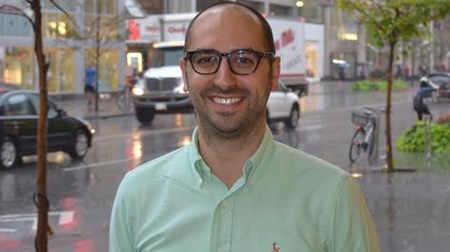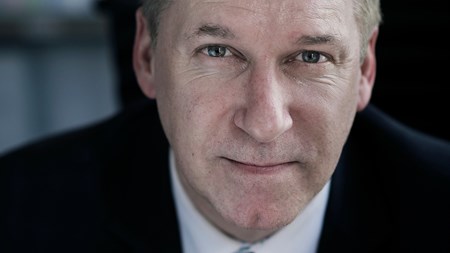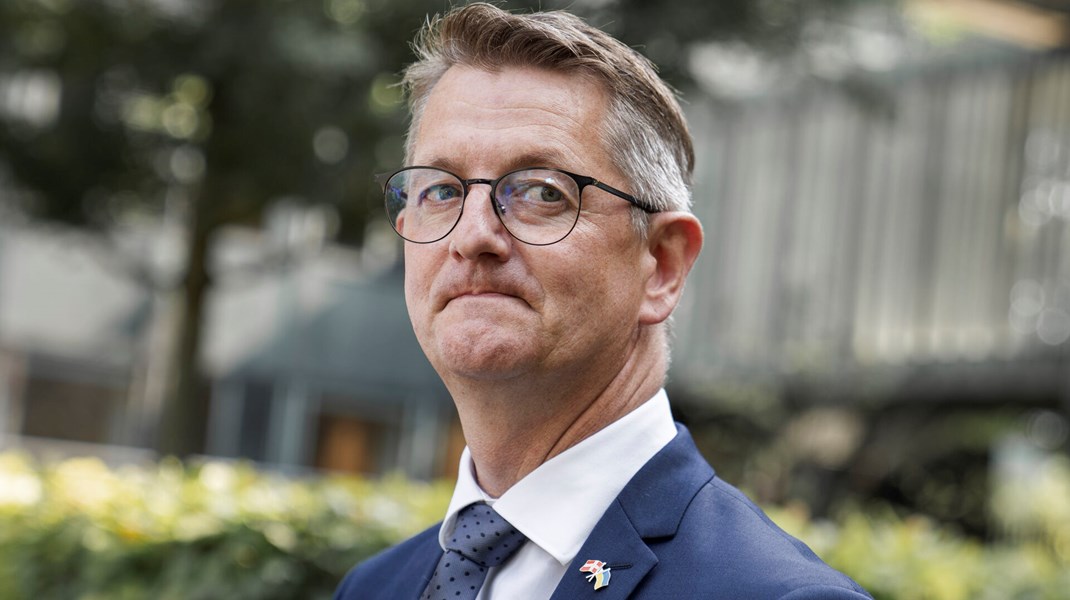IBM-direktør: USA kigger misundeligt mod Danmark

DEBAT: Såkaldte ”Patient Centered Medical Homes” skal ved hjælp af patientcentreret sundhedspleje sikre et sundt USA, der er mindre afhængig af læge- og hospitalsbesøg. Inspirationen er kommet fra Danmark, skriver Paul Grundy, global direktør for Health Care Transformation i IBM.
Af Paul Grundy
Global direktør for Health Care Transformation i IBM
The key healthcare question of the last decade in the USA has been who, or what, will be the system integrator; i.e. the place in the system where actionable information and data flow and where there is accountability for both data and for healing.
The answer came when in 2006 IBM, as a buyer of care, hosted a meeting of 47 of the fortune 100 American healthcare buyers. The organizations TRICARE (provider of civilian health benefits for military personnel, military retirees, and their dependents), the Federal Office of Personnel Management and the whole house of primary care, also participated in the meeting.
At that meeting between buyers and providers, a set of principles, known as the Joint Principles of the Patient Centered Medical Home (PCMH), was agreed upon.
PCMH is where the primary care healer heads an organization delivering clinician-led primary care, with comprehensive, accessible, holistic, coordinated, evidence-based coordination and management. As such, the PCMH is at the very center of ensuring population health through integrated and coordinated care.
The Case of Denmark
We know the importance of PCMHs from Denmark, where we have also looked with envy upon the effectiveness and efficiency of patient-centered care. Much of what we know about robust primary care, we learned from the Danish experience of amazing powerful effective primary care as the base of healthcare delivery, tackling the ever-growing need for advanced and specialized hospital services.
At PCMHs, the relationship between the primary care healers and their patients is paramount and the role of the healthcare professional is, besides providing primary care, to aid the patient in becoming a specialist in his or her own comprehensive proactive primary care.
All over the world, three central factors are driving the concept of Patient Centered Medical Home:
1) Cost and demography
2) Information technology and actionable data collection
3) Consumer demand to engage differently with healthcare providers
Coming to America
More than curing patients and empowering them within prevention and treatment, PCMHs is where population health related data will flow to ensure a thorough foundation for accountable care – in a close cooperation between the U.S. Department of Health and Human Services, the U.S. Department of Defense, the U.S. Department of Veterans Affairs and the Federal employee program.
The PCMH team approach, where a team of healthcare professionals delivers population health management, coordinated care, and patient-centered prevention, using data analytics has been proven to significantly reduce emergency room visits and hospital readmissions. This is a key argument for Patient Centered Medical Homes.
The Affordable Care Act will accelerate the spread of PCMHs. Under the legislation, Accountable Care Organizations (ACOs) have been created as a combination of primary care, hospitals, and specialists tied to a defined population and accountable for the quality, outcomes, and cost of healthcare received by that population.
The healer relationship-based PCMH is the accountable foundation of population healthcare.
In the USA, PCMHs and ACOs is now the standard in the US Veterans Administration and the US Military.
At its core, PCMHs is integration of a healing relationship in primary care and population management; at the one point of care with all the tools to do just that.
For more on PCMHs, watch this video of PCMH Kaiser Hawaii: http://www.youtube.com/watch?v=mIdn-pZfYiI

 Eksportrådet: Canada forbereder sig på aldrende befolkning
Eksportrådet: Canada forbereder sig på aldrende befolkning
 Udbudsbølgen har ramt diabetikerne hårdt
Udbudsbølgen har ramt diabetikerne hårdt
